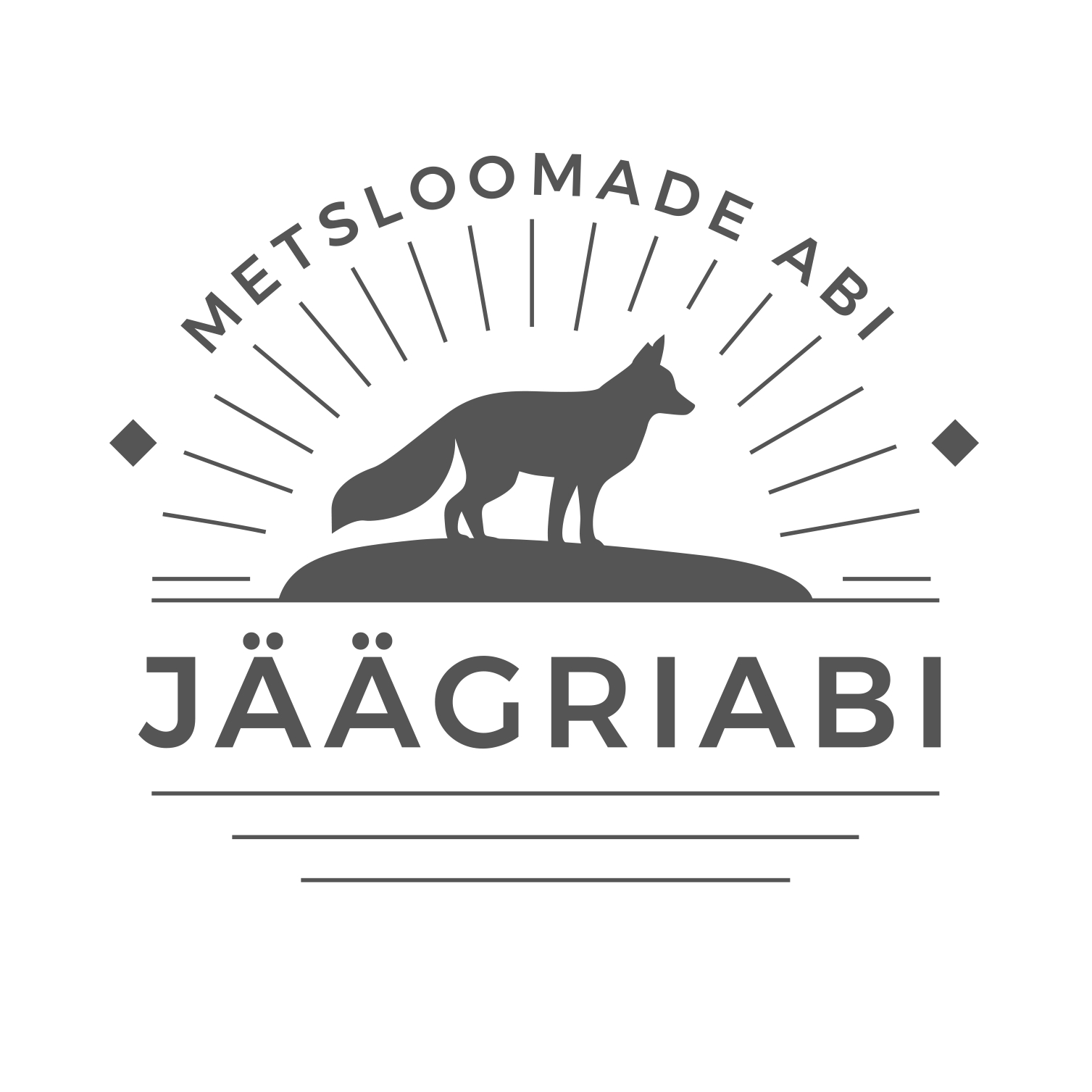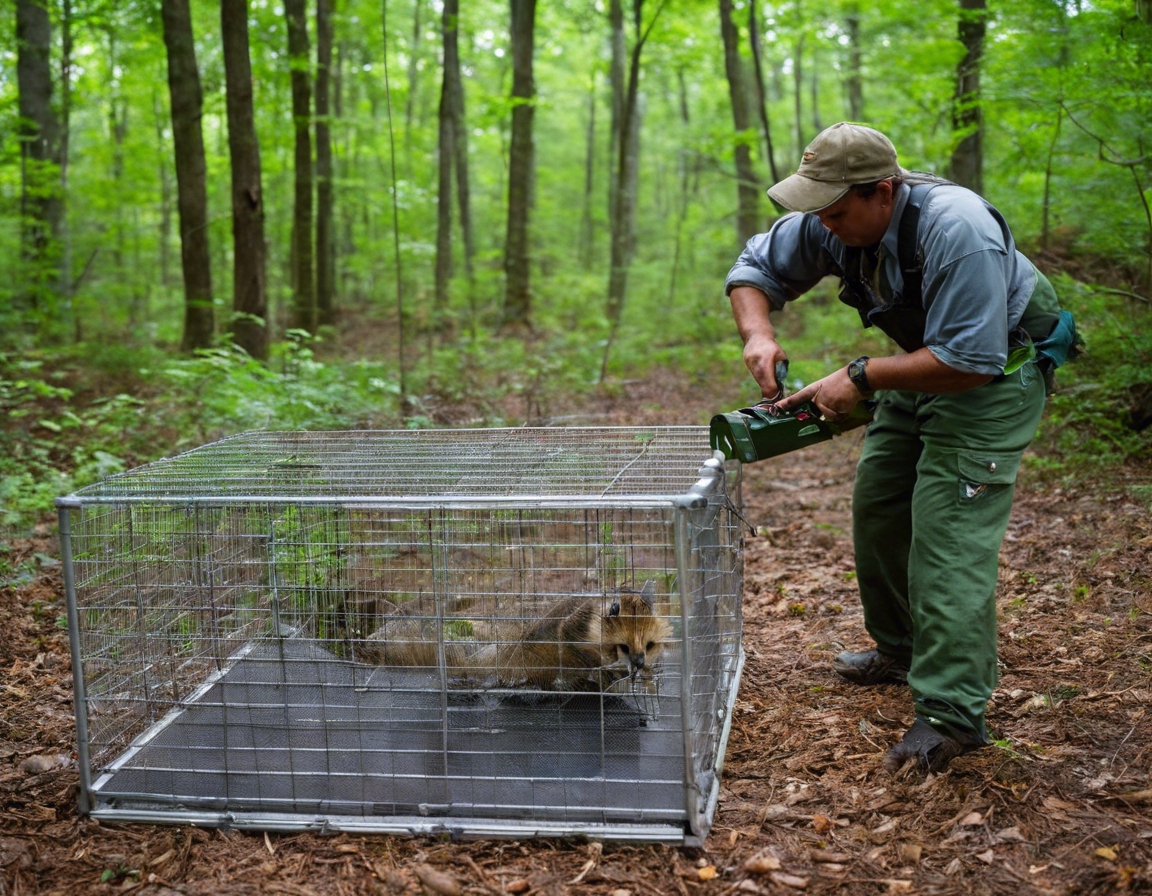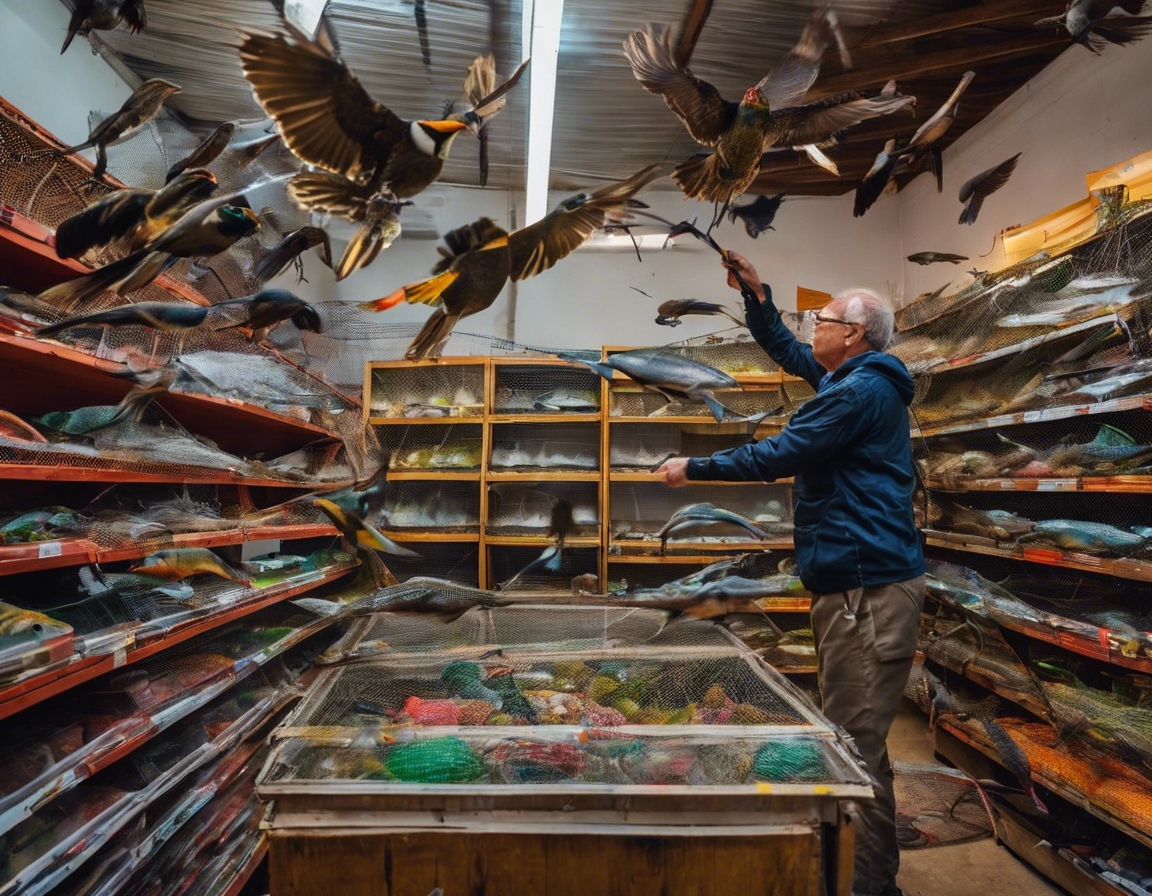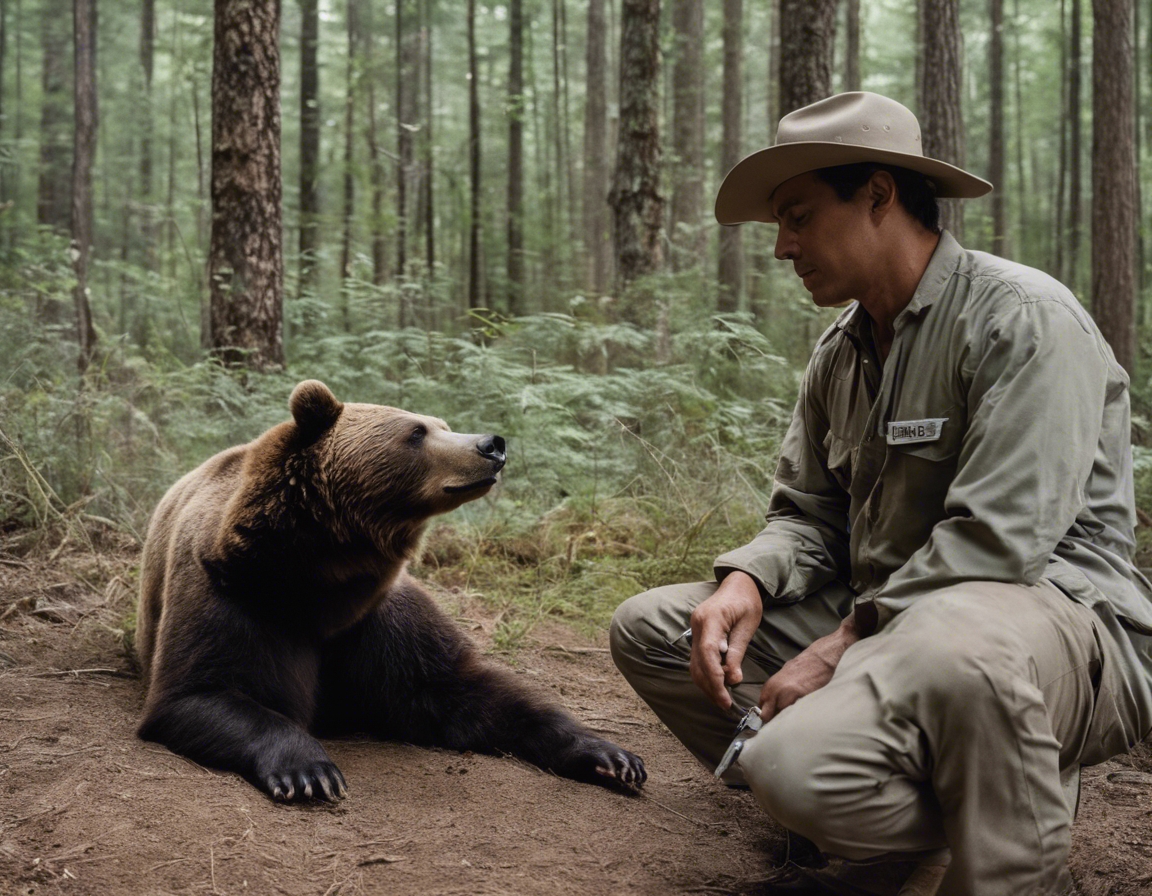The importance of humane wildlife rescue and relocation
As urban and suburban areas continue to expand, the interaction between humans and wildlife becomes increasingly frequent. Humane wildlife rescue and relocation is a critical service that ensures the safety and well-being of both animals and humans. This blog post delves into the importance of humane practices in wildlife rescue, the benefits they offer, and the role of professionals in this field.
Wildlife rescue and relocation involve the safe capture and transfer of animals from areas where they pose a risk to human safety or are in danger themselves, to suitable habitats where they can thrive without causing conflicts. It's a delicate process that requires expertise to ensure the safety of the animal and the rescuer.
Using humane methods in wildlife rescue is crucial for the welfare of the animals and the ethical standards of the practice. It minimizes stress and injury to wildlife and ensures that they are relocated to environments where they have the best chance of survival.
The Impact of Urbanization on Wildlife
Urbanization leads to habitat loss, fragmentation, and increased encounters between humans and wildlife. Animals may find themselves in unfamiliar urban settings, leading to potential conflicts and the need for professional intervention.
In urban areas, it's common to encounter species such as raccoons, squirrels, birds, and even larger mammals like deer, which may become trapped or disoriented in the built environment.
Benefits of Humane Wildlife Rescue and Relocation
Humane wildlife rescue contributes to biodiversity conservation by ensuring that displaced animals can continue to play their role in the ecosystem.
Humane rescue operations prioritize the physical and psychological well-being of the animals, reducing the trauma associated with relocation.
By resolving wildlife conflicts humanely, we can prevent the spread of zoonotic diseases and maintain a healthy balance between urban development and wildlife populations.
Best Practices in Humane Wildlife Rescue
Effective wildlife rescue starts with a thorough assessment of the situation and careful planning to ensure a successful and safe relocation.
Professionals use a variety of tools and techniques to capture animals without causing harm and to handle them in a way that reduces stress and the risk of injury.
Relocation strategies must consider the natural behavior and habitat requirements of the species to ensure their long-term survival in the new location.
Legal and Ethical Considerations
Wildlife rescue and relocation must be conducted in accordance with local and national laws, which are designed to protect both wildlife and people.
Professional services, such as JÄÄGRIABI OÜ, are equipped with the knowledge and tools to handle wildlife emergencies legally and ethically, ensuring the best outcome for all involved.
How JÄÄGRIABI OÜ Upholds Humane Practices
JÄÄGRIABI OÜ is dedicated to the humane treatment of wildlife. Our team is trained in the latest humane capture and relocation techniques, ensuring that every animal is treated with respect and care.
With a deep understanding of local wildlife species and their habitats, JÄÄGRIABI OÜ provides expert wildlife rescue services that municipal authorities, property management companies, and homeowners can rely on in times of need.








Comments (0)